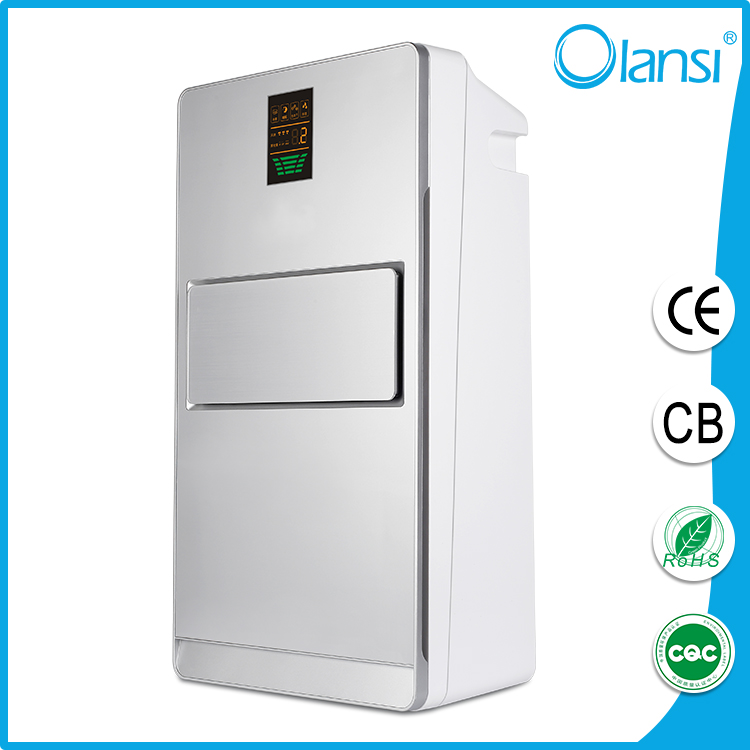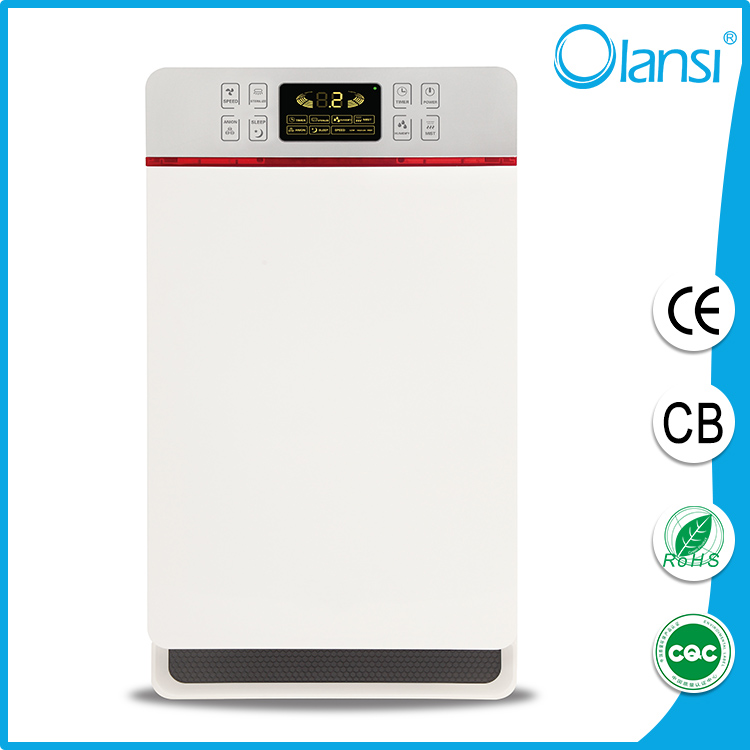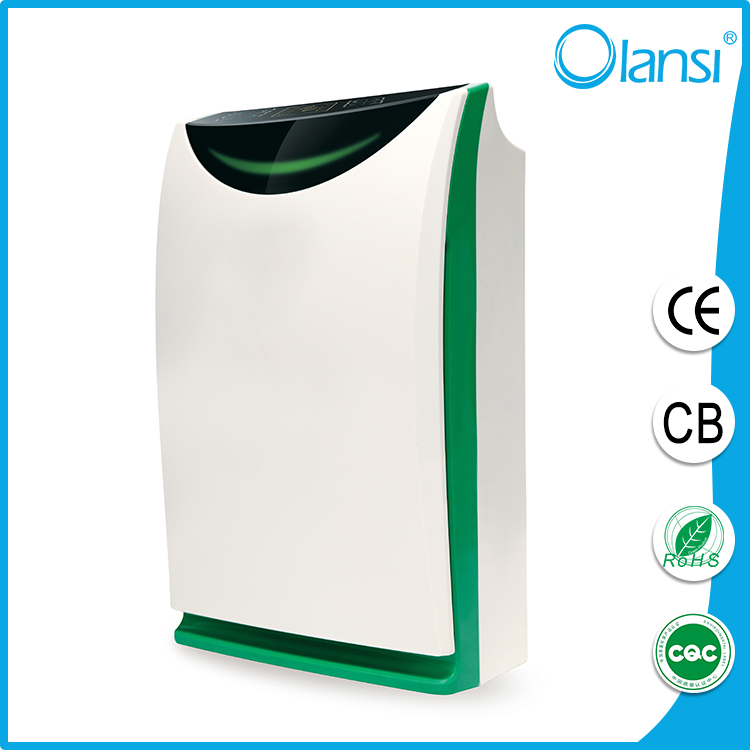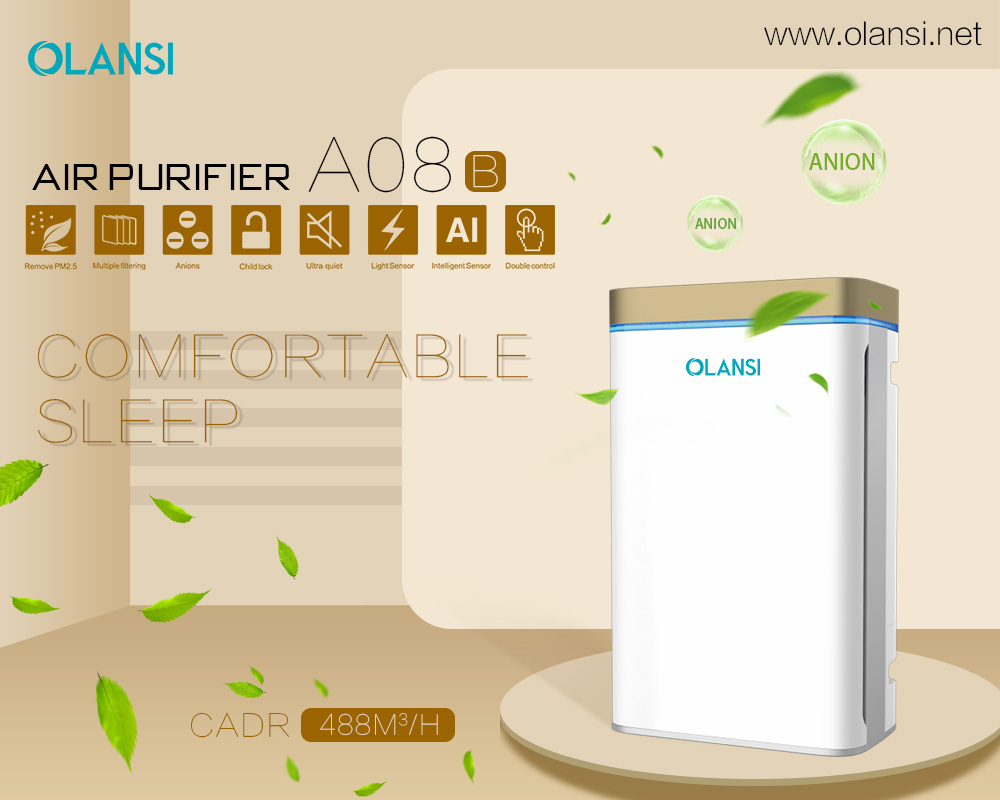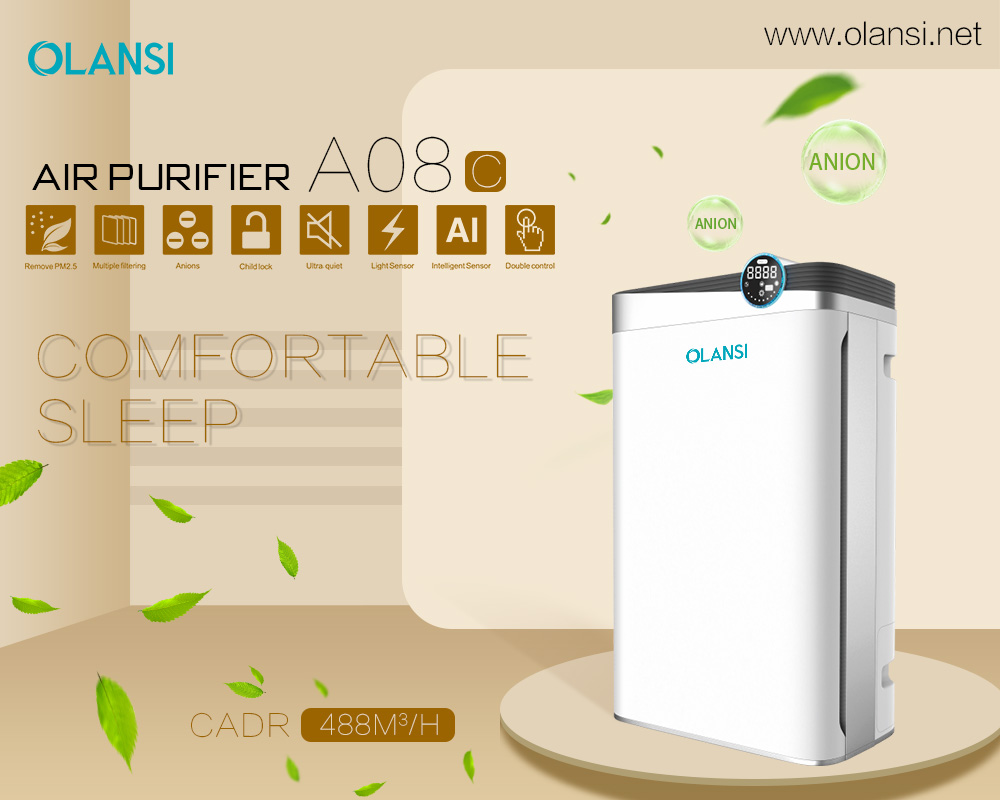Fighting Childhood Asthma with an Air Purifier
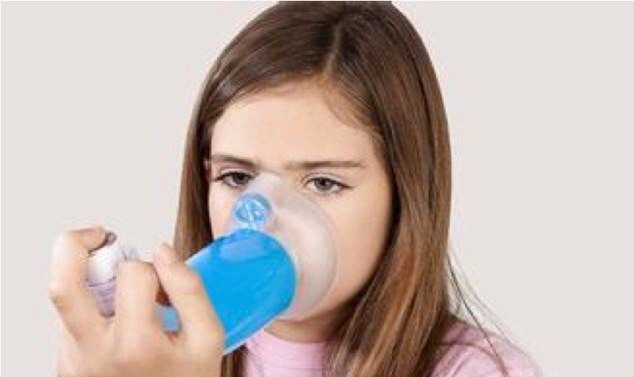
Fighting Childhood Asthma with an Air Purifier
Early detection is the first step in fighting childhood asthma
Does your child experience shortness of breath or irregular breathing? Do you notice a whistling sound when he or she exhales? Does your child have a persistent cough? If so, there is a good chance he or she may be developing asthma, one of the most serious chronic diseases in children and adolescents, affecting nearly nine million children under the age of 18.
According to the American Academy of Allergy, Asthma & Immunology (AAAAI), 50-80% of asthmatics develop symptoms before the age of five. This is why early detection and working with your child’s asthma specialist is important. Untreated asthma can lead to permanent damage to the airways making it difficult to bring the condition under control.
“Children whose immune systems are not fully developed are most at risk for developing asthma,” said Christopher C. Randolph, MD, FAAAI, and Vice-Chair of the AAAAI’s Asthma Diagnosis and Treatment Interest Section. “However, with early detection, the disease is easier to bring under control, improving the quality of life for your child.”
Look, Listen & Learn
There are no clear markers to predict who will develop asthma and who won’t. However, there are clues and symptoms you can look and listen for in your child that may indicate asthma. Ask yourself these questions:
- Does your child have allergies? The relationship between asthma and allergies is very strong. If your child has allergies, be on the look out for potential signs of childhood asthma.
- Does your child cough or clear his/her throat often, even when they aren’t sick? This could be constant or just intermittent. Not all children who have the disease exhibit symptoms each and every day.
- Does he/she wheeze or is there a whistling sound when your child exhales or with upper respiratory infections?
- Do you notice shortness of breath, rapid or irregular breathing in your child?
- Does your child complain of chest tightness? A young child may say his/her chest “hurts” or “feels funny.”
- Does your child seem fatigued? A child might slow down, stop playing or become easily irritated.
- Does your child have problems sleeping because of nighttime coughing or difficulty breathing?
- Is there a family history of asthma and/or allergies?
If you answered “yes” to any of these questions and you suspect that your child has asthma, schedule an appointment with an asthma specialist, such as an allergist/immunologist, a physician specially trained to manage and treat asthma and allergies. An allergist/immunologist will work closely with you to create a daily management plan for your child, demonstrate proper medication use, and develop an asthma action plan, which outlines the actions to take if your child’s condition worsens.
Learn
While there is no cure for asthma, complete control of the disease can be obtained with appropriate management and treatment. Learning your child’s asthma triggers and what steps to take to decrease symptoms is an important step to keep your child’s asthma under control. Children whose asthma is properly controlled should be able to participate in regular activities such as attending school every day and playing sports.

